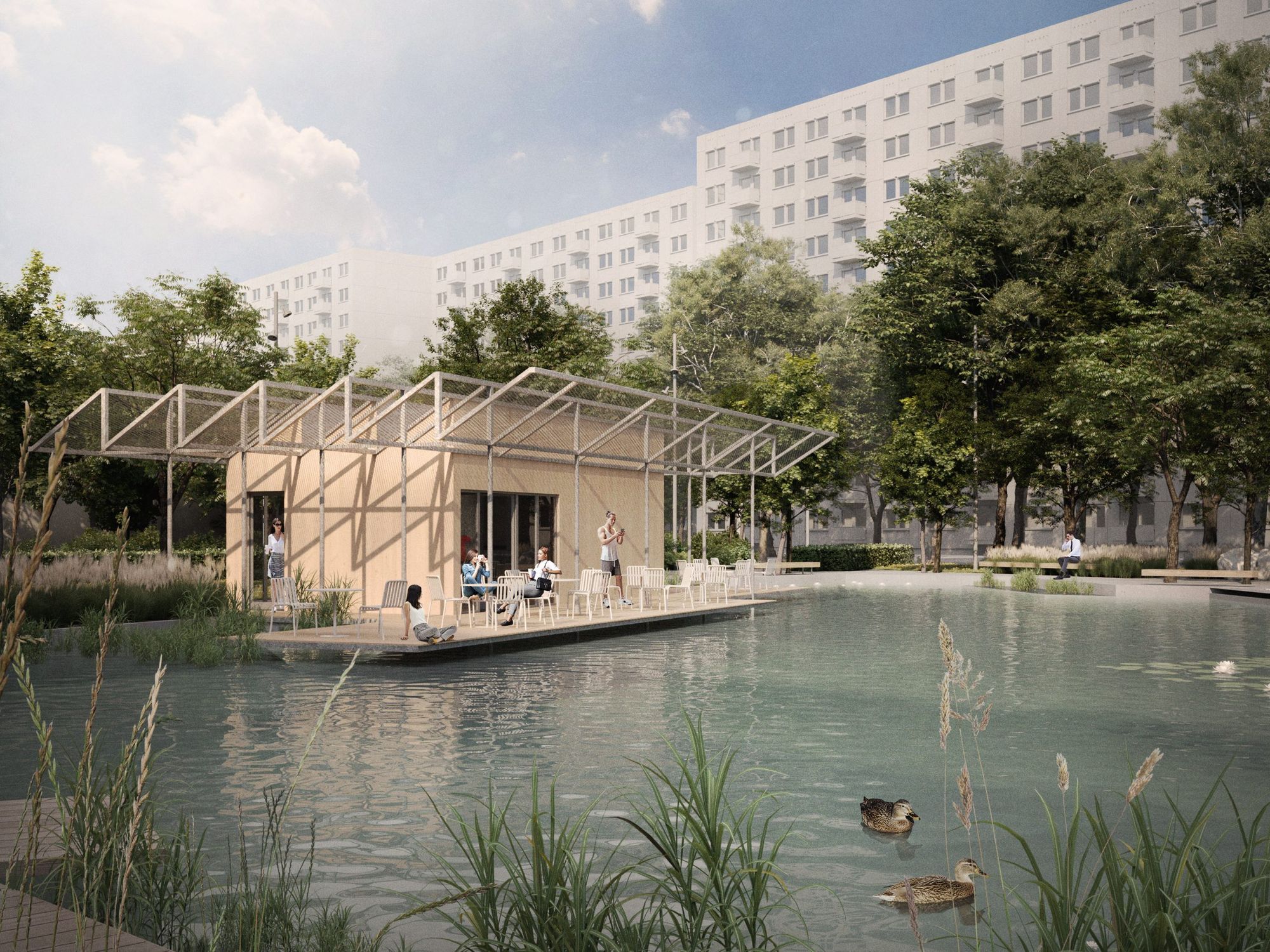The 13th district is often considered one of the most progressive districts of Budapest, so it is perhaps not so surprising that in the heart of Vizafogó, on a plot of land originally intended for construction, an almost one-hectare eco-park will finally open. The public park, which operates with sustainable, environmentally conscious solutions, can be the new center of the northern part of Pest for recharging!
Near the Árpád Bridge, a step away from the noise of Váci Road and the bazillion office buildings, a real oasis is emerging. In the grassy area between Esztergomi Road and Párkány Street, there used to be a busy goods station, which became unused due to the blocks of flats boom that started in the sixties. Although many people wanted to build here in the coming years, the foundation stone of the park was laid this year, so the huge recreation area will be open before the end of the year! The project is implemented on the basis of the local government’s AngyalZÖLD 3.0 strategy, which aims to develop the district’s green network.

We contacted the design experts, the Objekt Landscape Architect Office, who were previously responsible for the design of the Dagály Promenade and the renovation of József Attila Square in the 13th district. “The plot of the park was previously intended to be built on, which, however, was rezoned as green space by the municipality. This is also a very important decision in an ecological sense, as it does matter whether an office building or a park is being built on a floor area of 10,000 m². The design of the park was based on ecological principles, following an assessment of real user needs and missing green space features. Among the Hungarian parks, the Bikás Park had the biggest impact on the design process, and from an international perspective, the first “Cooling Park” in Vienna was the preview that was established in the Esterházy Park. The site will house a natural lake with a water surface of nearly 1000 m², which will have a significant effect on improving the microclimate. Ecological stormwater treatment is implemented in the entire park area, rainwater is led directly to the green areas, so it is not drained from the plot through the sewer system. This is facilitated by the fact that a significant proportion of the park’s pavements are built with a water-permeable order of layers. Sustainable, biodiversity green spaces will be created in the park, and significant afforestation will take place with the planting of pre-grown trees. The public lighting of the park is energy efficient, with a LED system,” shared Máté Pécsi, the landscape architect of Objekt.
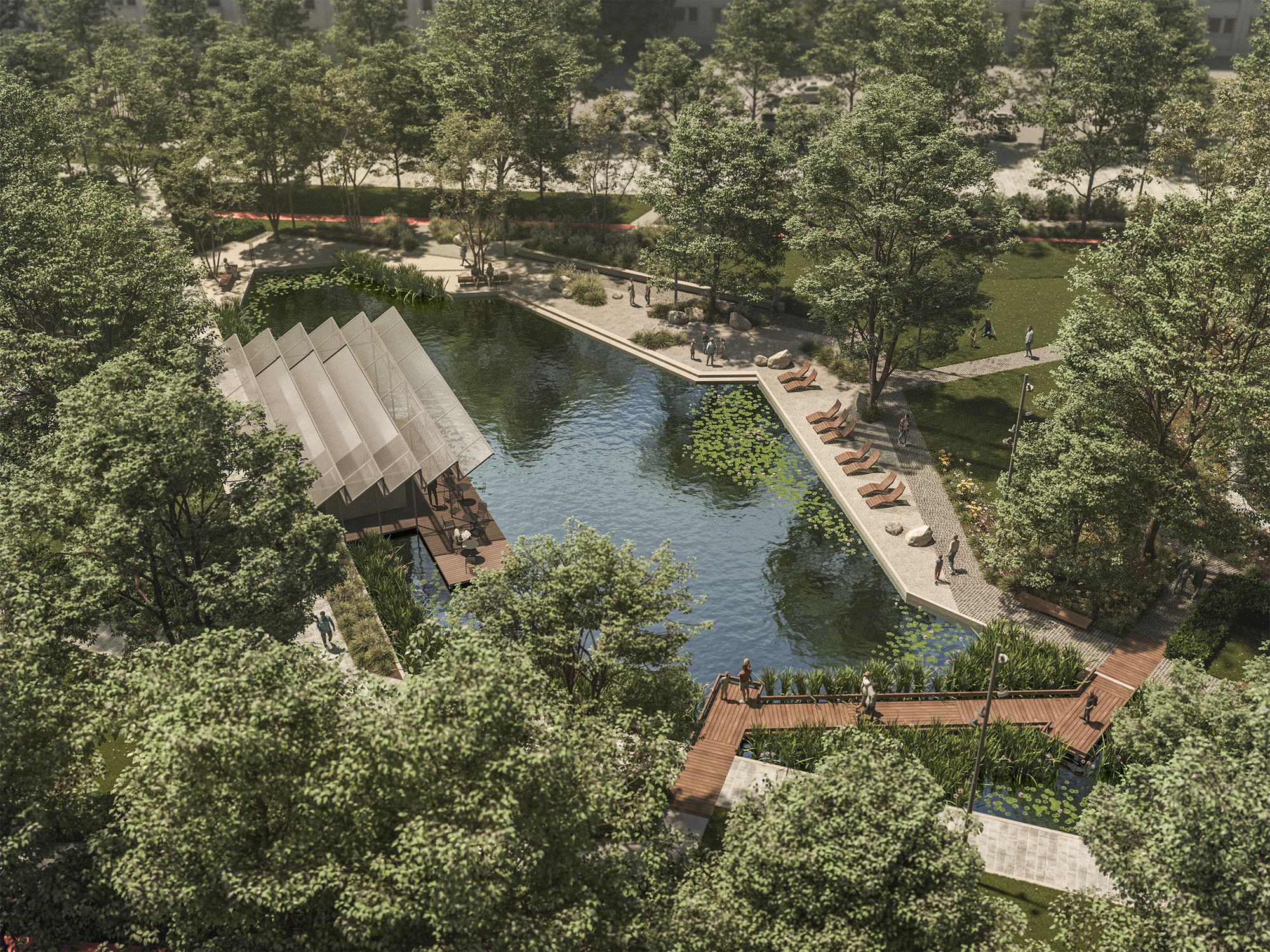

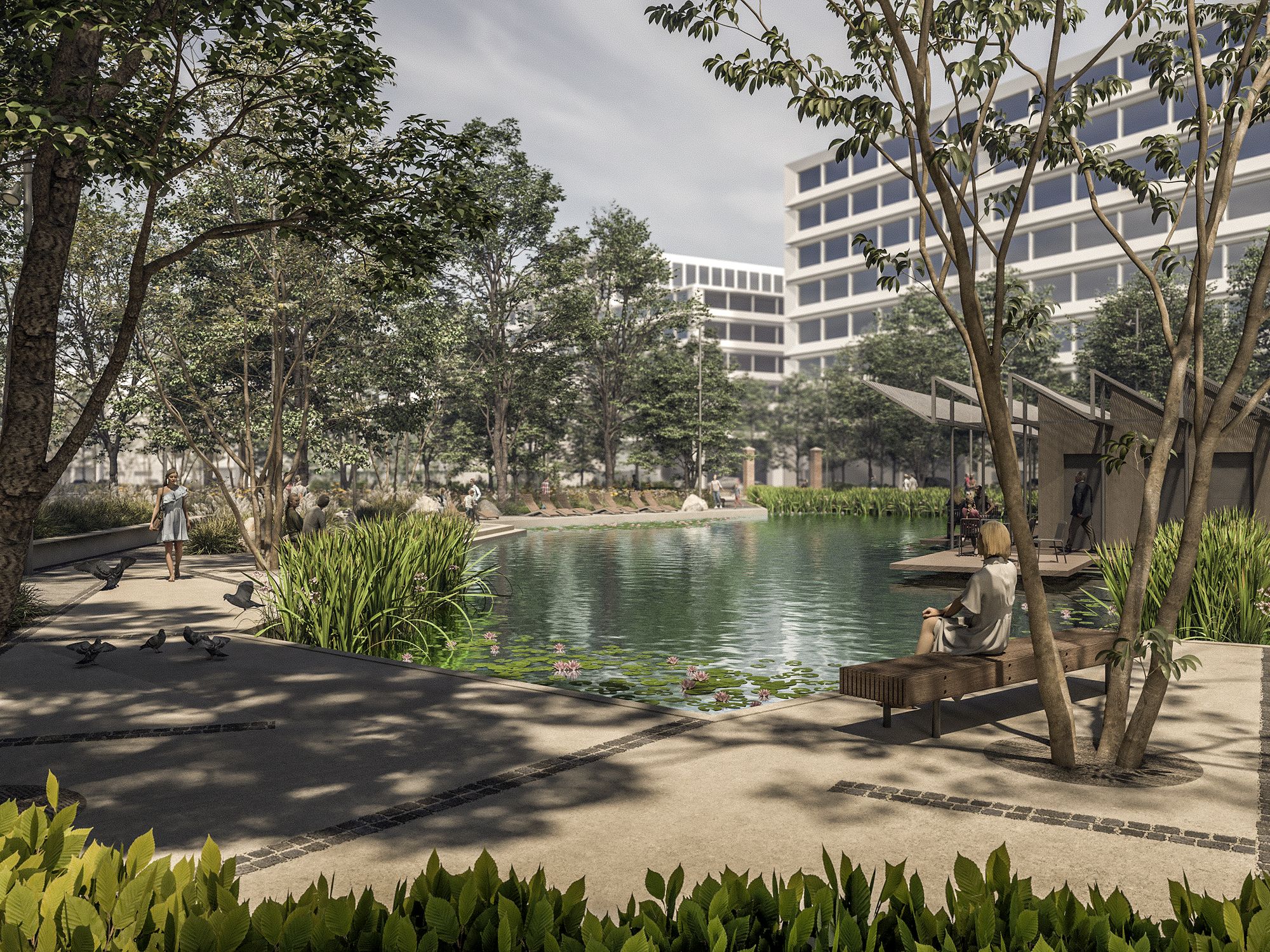
Locals were also closely involved in creating the concept of the park. The population demand survey entitled Our street—Mapping community opinions in relation to the renovation of the Vizafogó Park took place last May. This revealed the need for a lot of greenery, large trees, and lawns, outdoor seating, and toilets, so these were all included in the plan.
Attached to the park is a pavilion designed by Archikon Architects. They are also familiar in the district, with the design of the 13th district Láng Community Center, the Fairy Tale and Vizafogó Kindergarten, the 100 unit passive house apartment building, and the József Attila Community Center, with which they have won several professional awards over the years. When creating the concept of the present building, they relied on their experience gained during the design of the pavilions of Bikás Park.
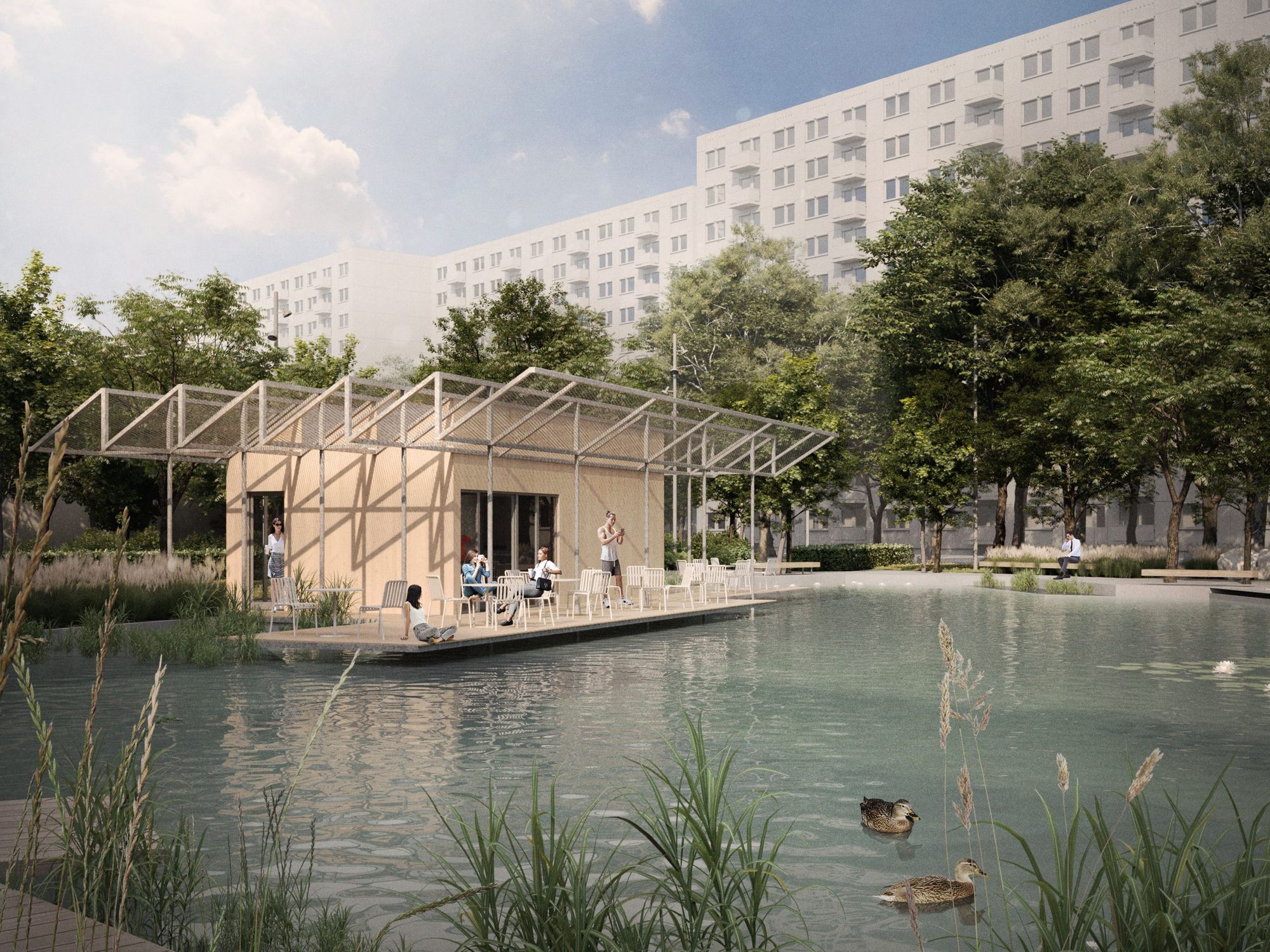
“During the design of the pavilion, we tried to keep environmentally conscious aspects in mind. Concrete and plastic were replaced as much as possible with different alternatives. The structure of the house is made of wooden frame panels, which are thermally insulated with recycled cellulose. The coverings of the house and the terrace are all made of larch. Shading has now become indispensable, so anticipating possible future solutions, the planned galvanized steel pergola will appear as a defining element of the pavilion. The shape and orientation of the roof imply the possibility of later installation of solar panels,” said architect Károly Pólus, chief architect. In addition, a public sculpture symbolizing local identity will be placed in the park, for the creation of which the municipality has issued an open call.
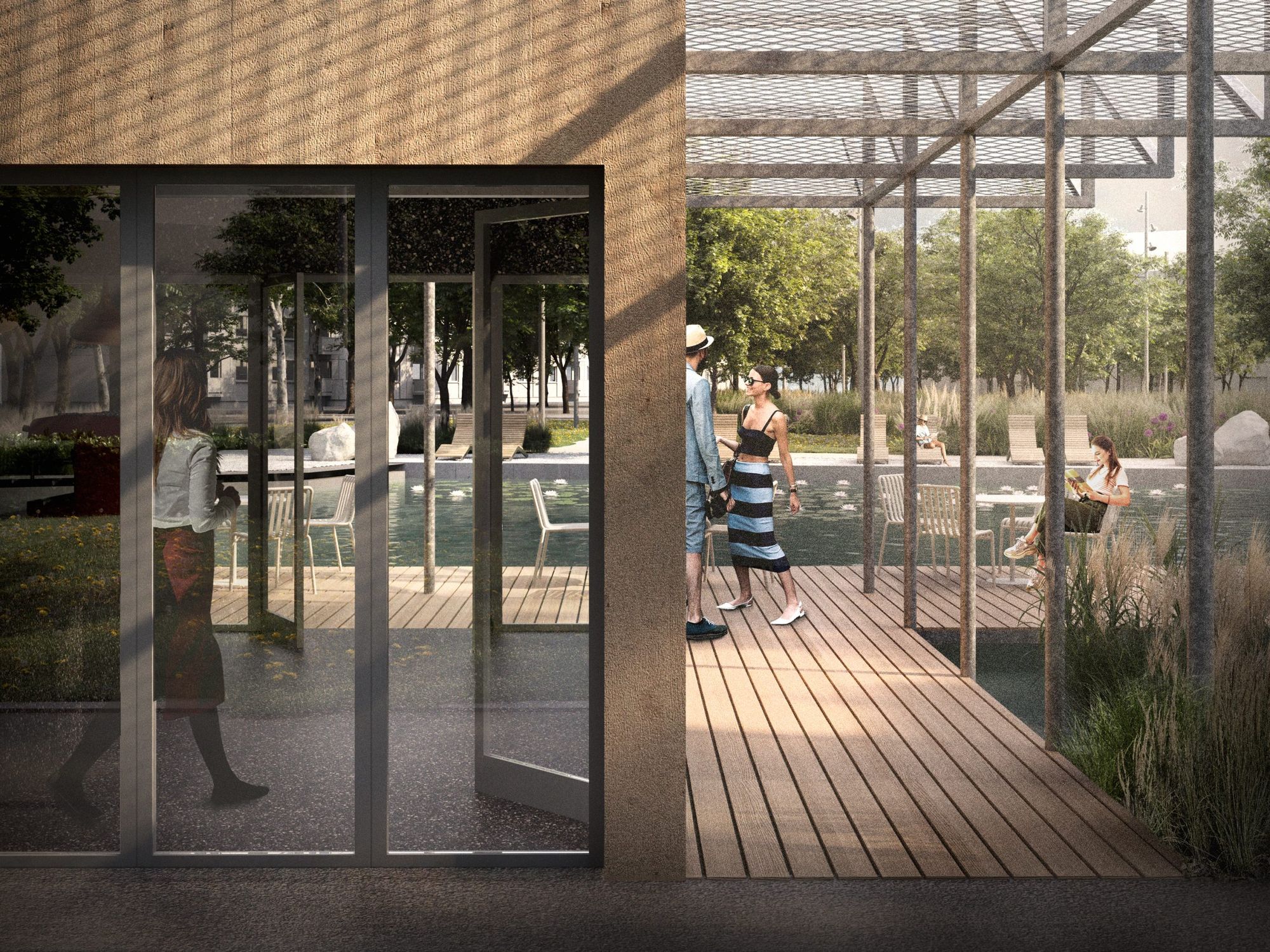
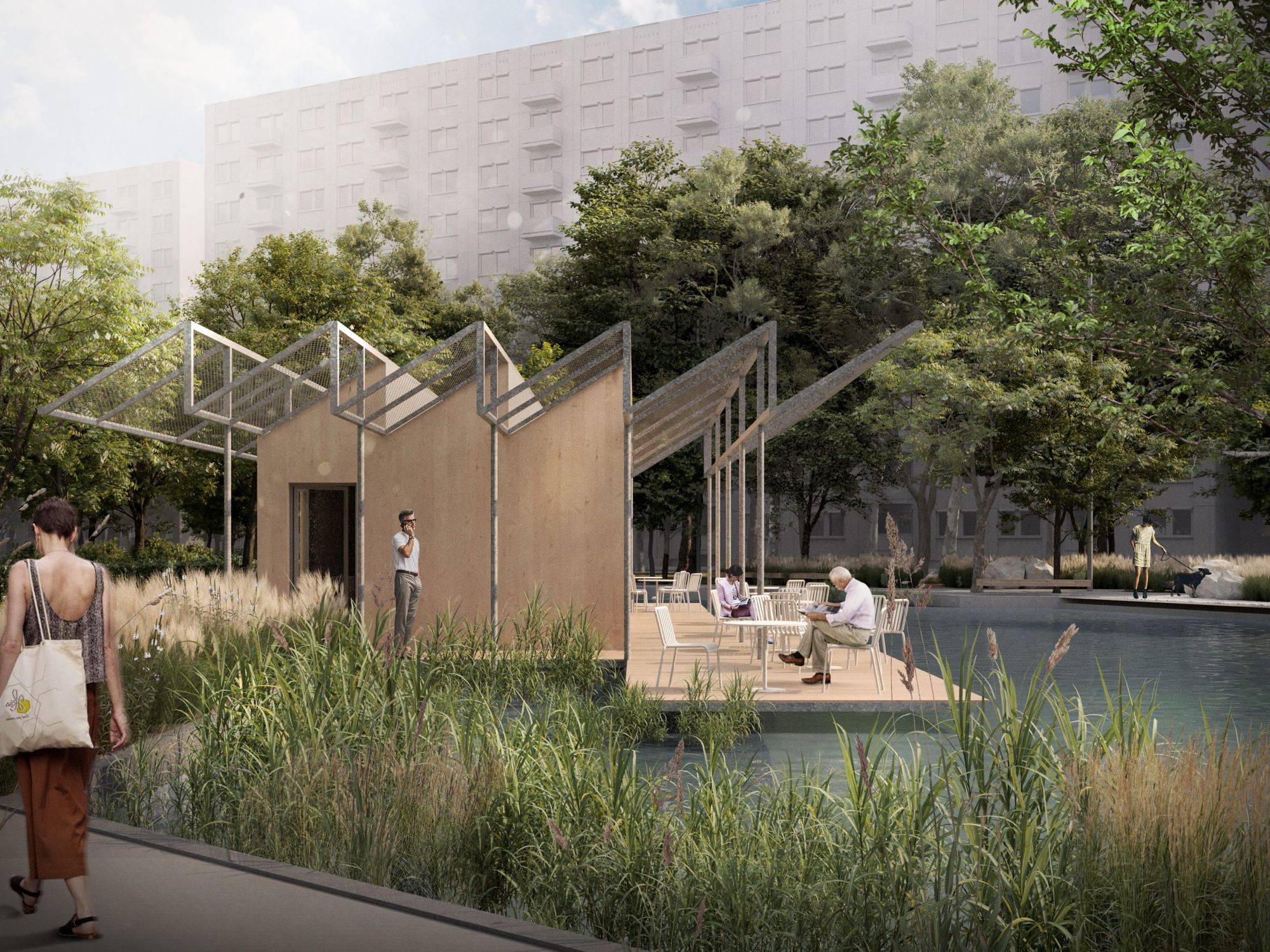
Object Landscape Architect Office | Web

Our favorite quality artisanal jams | TOP 5

Stylish shower gels for everyday use | Hagi Cosmetics










